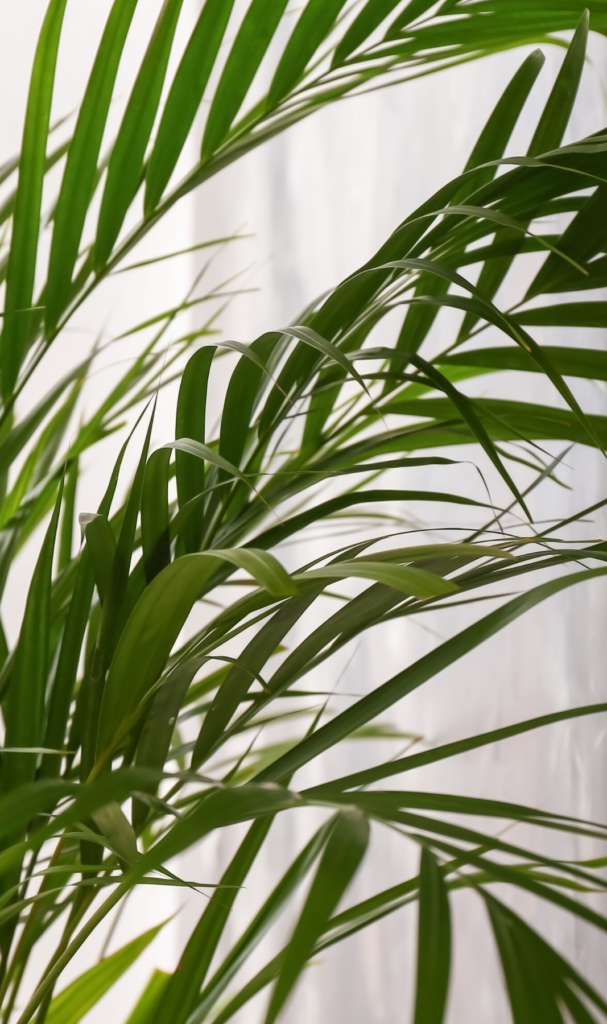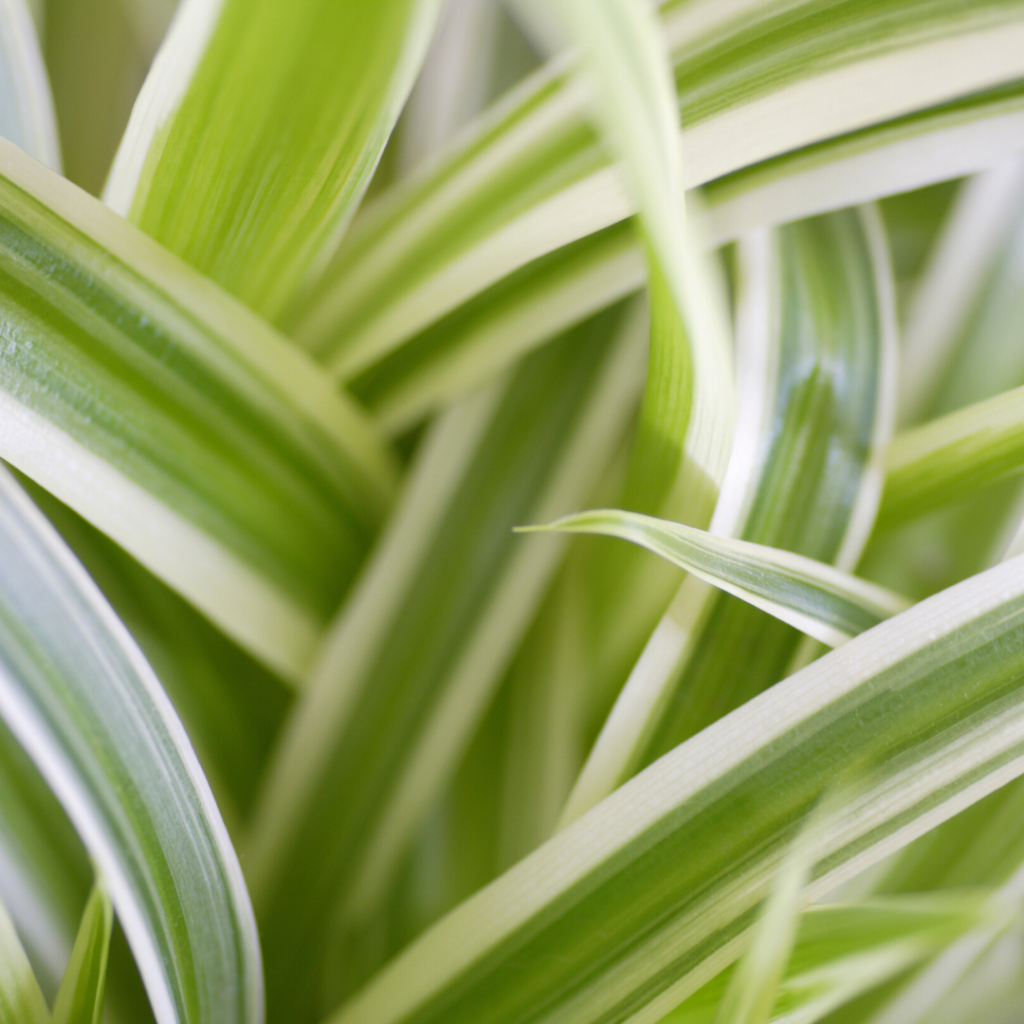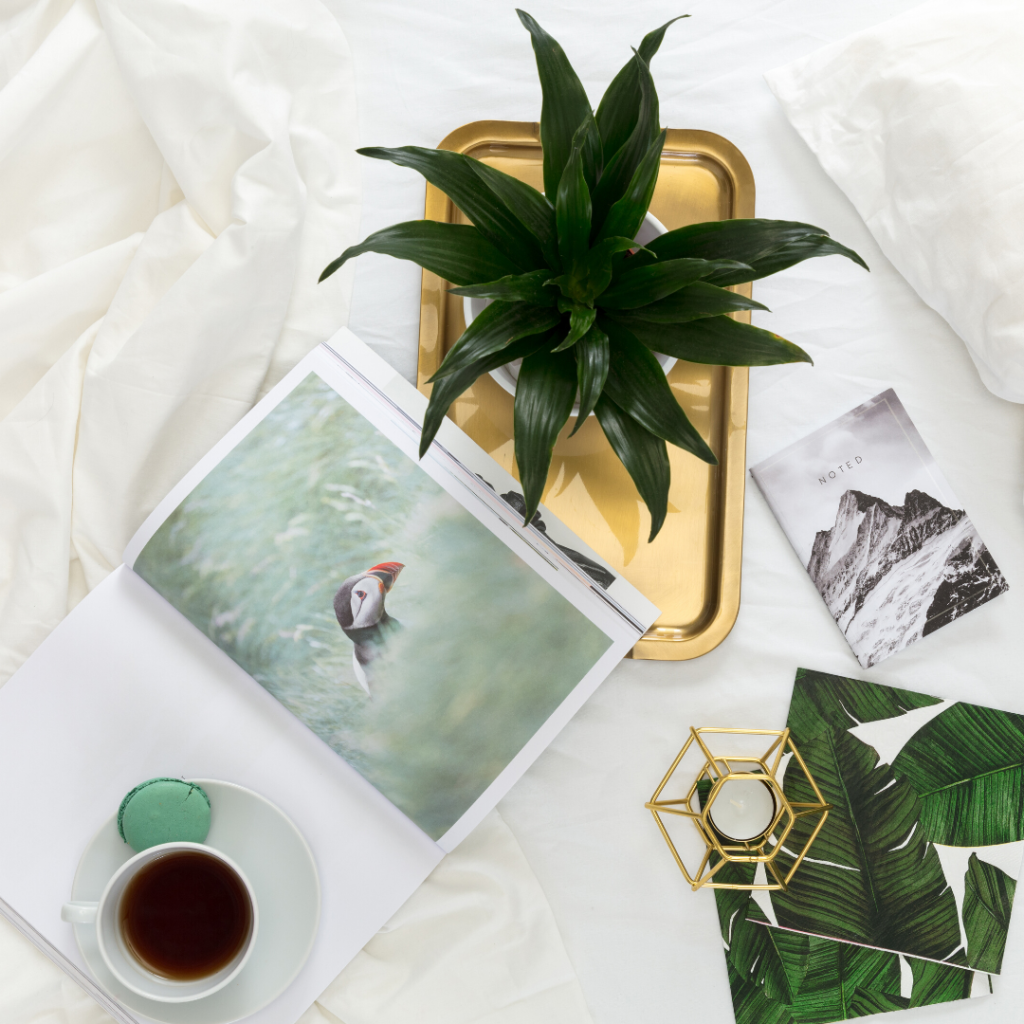As we have been confined to our homes for a very long time now, it goes without saying that we feel the effects of having a house which is not well-ventilated more than ever before. Because of this, you may have also asked yourself whether the air inside your home is healthy or perhaps toxic. Unfortunately, it happens more often than we think that the air inside our apartment is slightly toxic and it may have some effects on our general health, mood, or energy levels. But fear not– there is a solution to this problem! Of course, you could always install a ventilation system that takes care of filtering your air clean of toxins.
These, however, tend to be very expensive. What if I told you that there is a cheap and aesthetically pleasing way to do the same thing? Indeed, it’s possible, and all with the help of plants. So, this article will focus on various plants that you can acquire and set up throughout your house in order to get rid of potential toxins in the air.
Here’s a short backstory behind the usage of plants as a way to clean the air. We all know that plants use up carbon dioxide and transform it into oxygen. However, not many are aware of plants’ ability to absorb toxins from the air from places that are normally enclosed and have very little airflow. This is something that NASA found out in 1989 and it has revolutionized the way we look at plants ever since.
With plants, you can work on creating a non-toxic and healthy home at a very small price. In fact, plants can increase your mood and productivity this way. They can additionally enhance your level of focus and the extent to which you can easily remember things, and can even reduce stress and fatigue. However, before you go to the plant store and buy a few plants, make sure to research them to avoid buying plants that may be toxic to your pets or children. Without further ado, let’s take a look at the various plants you can acquire to purify your home’s air.
The Spider plant
One of the easiest plants to keep alive is also one that gets rid of toxins that are naturally unwanted. The spider plant (Chlorophytum comosum) can be a beautiful addition to your apartment’s decoration, especially if you set them in hanging baskets. These plants only require you to water them twice or three times a week, therefore they will survive even if you skip a day. This plant is great especially if you have children as it is non-toxic. It eliminates formaldehyde and xylene, two toxins commonly found in items such as glues and adhesives, insulation materials, and pressed-wood products, for example.
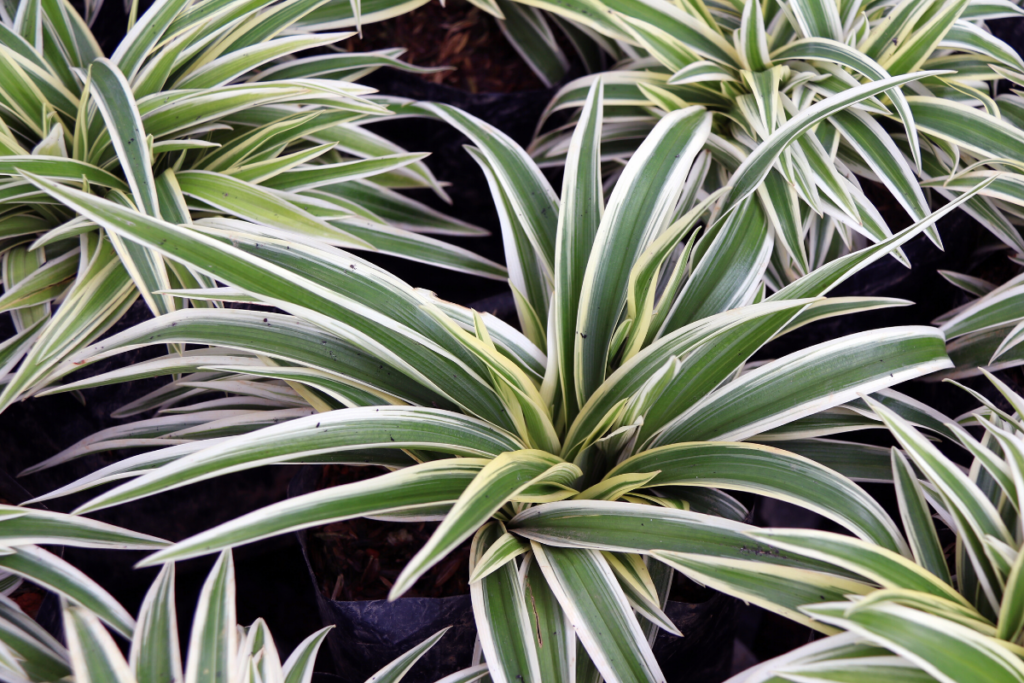
Thus, why not add this plant to your collection?
Dracaenas
Dracaenas are another kind of plant that is easy to deal with and yet very beneficial to your environment. These plants are large and come in numerous shapes, colors and sizes, therefore you have a few to pick from. Be aware that this plant requires a damp soil; however, over watering it will kill it. Do not get this plant if you have a cat or a dog as it is toxic to them; it is not lethal but will likely result in your animal getting sick. This family of plants eliminates formaldehyde, xylene, toluene, benzene, trichloroethylene, a number of toxins that are found in numerous common household items.
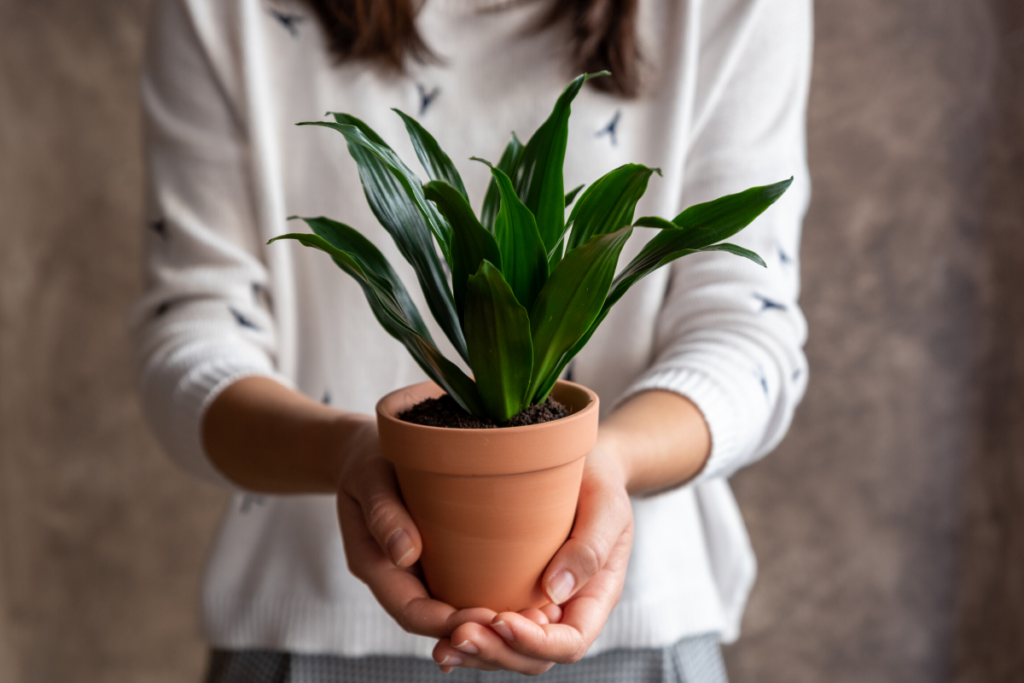
Areca Palms
If you are looking for a ping of color in your home, adding areca palms (Chrysalidocarpus lutescens) will do the trick. These are a nice orange color and therefore may offer more than dracaenas or spider plants that are usually found in their green form. This plant is easier to grow outdoors but with the right care, they can be kept inside. These plants require a lot of water while they are growing (typically in the summer); however, they are less water-demanding in the colder winter months. The upside to this plant is that it is non-toxic to animals, thus if you have a cat or a dog, that is one thing you do not have to worry about. This plan eliminates benzene, carbon monoxide, formaldehyde, trichloroethylene, xylene, and numerous other toxins from the air; these are very common gases and toxins that tend to be found in the most common household items.
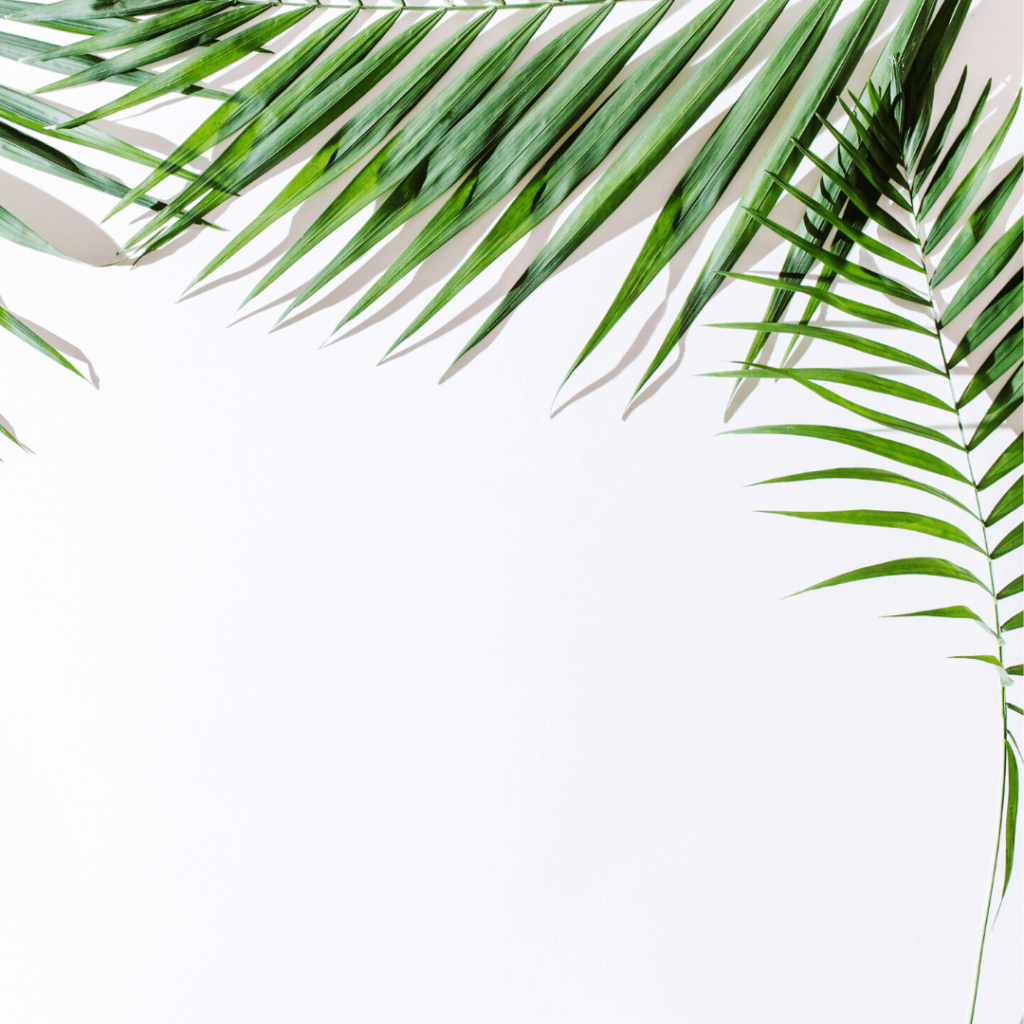
Rubber Plants
On the list of plants that are more demanding in terms of care but which still work well to take out toxins from the air, rubber plants are at the top. These are beautiful plants which can give your apartment the feeling that you are in the jungle! These plants require lots of bright and filtered light, but otherwise, they do not require much attention. You should water them semi-regularly, making sure that the soil they are planted in is moist. Pay close attention to this in the winter. You can trim the leaves and clean them carefully to keep your plant beautiful. Be aware, however, that these plants are toxic to cats and dogs. In terms of getting rid of toxins, this plant eliminates carbon monoxide, formaldehyde, trichloroethylene and numerous others.
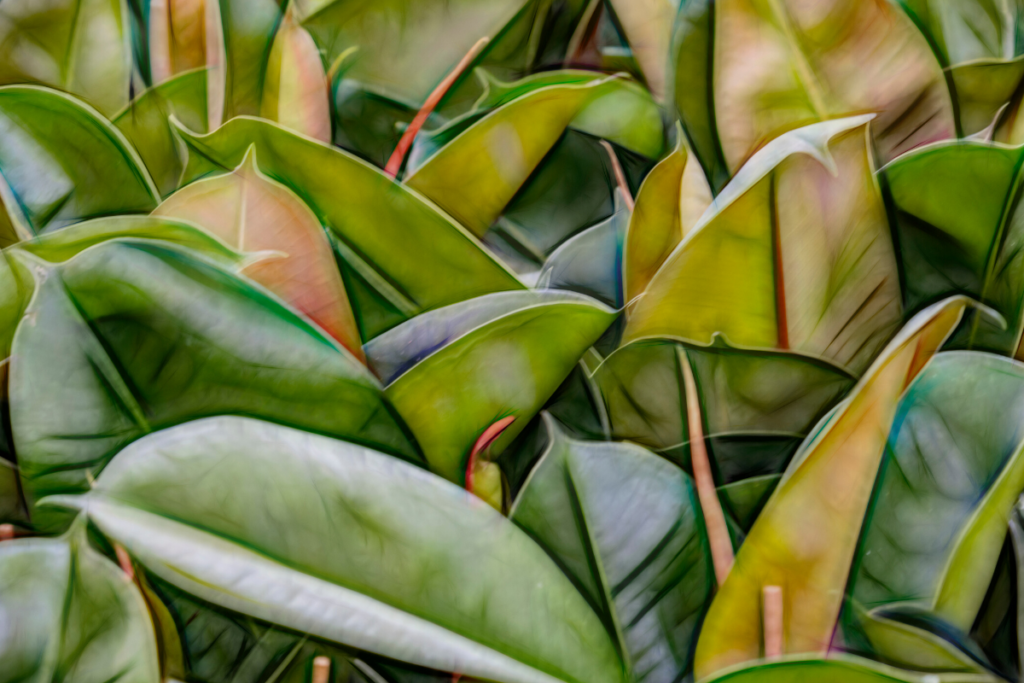
Peace Lilies
Finally, peace lilies take care of bad toxins such as formaldehyde, benzene, trichloroethylene, xylene, ammonia, and various others. These gorgeous plants are in the top three for the most effective at removing toxins commonly found in your house, even getting rid of ammonia! These plants thrive when they have access to a lot of good lighting, however they are not too picky. Only low lighting will truly affect them badly. An important aspect to keep in mind is that these are toxic to children as well as cats and dogs. Touching them can cause unpleasant symptoms like a rash, skin irritation and burning as well as swelling. Nevertheless, if you live on your own or with adults, you can go ahead and acquire one of these beautiful plants.
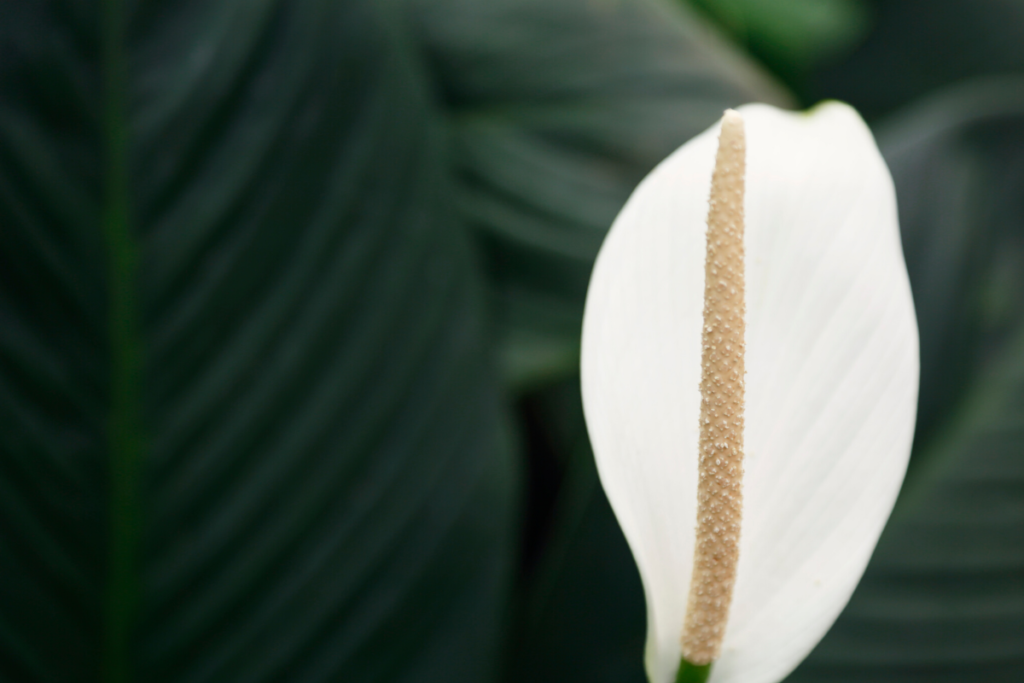
On that note, this concludes the article. Using plants as a way to clear your apartment of toxins is a great way to be eco-friendly by avoiding high-cost, energy-demanding air filters and is also a great way to make your apartment cozier and more beautiful to live in. What more could you want?
BONUS
Apps Help Your Garden Grow
by Elyse Umlauf
Whether you’re a master gardener or a newbie, gardening apps can help you plan, maintain, and troubleshoot your garden this spring and summer.
1. iScape. Take photos of your garden and visualize and plan it before you start digging and buying plants. Test out trees, flowers, hardscapes, water features to see how they’ll look in your space.
2. Gardenate. Manage and make your edible garden thrive. A calendar tells you the best time to plant and harvest based on your climate zone.
3. Leafsnap and FlowerChecker. When you spot a gorgeous flower or tree that you want for your yard but you don’t know its name, snap a picture. The apps identify them for you.

